A pioneering study by EUROCONTROL’s ACUTE project has revealed a surge in drone activity around Paris, with over 5,000 unmanned aircraft system (UAS) operations detected near key airports. Detailed in a recent paper, this initiative provides vital data to enhance airspace safety and shape regulatory frameworks.
ACUTE’s Mission and Technology
Launched in August 2021, the Affordable Cooperative UAS Traffic Detection (ACUTE) project deploys DJI Aeroscope G8 antennas to monitor drone flights. These systems, with a detection range of up to 9.3 miles (15 km), capture telemetry data from DJI drones, estimated to hold 70-80% of the global market. Unlike visual sightings that often misidentified birds or balloons as drones—tarnishing UAS reputations—the Aeroscope intercepts communication signals on 2.4 GHz and 5.8 GHz bands, ensuring accurate detection. ACUTE monitored Paris, including Brétigny, Orly, and Charles de Gaulle airports, over three years. ADS-B receivers also track manned aircraft, offering a full airspace picture.

Key Findings on Drone Operations
The study detected over 5,000 UAS operations, reflecting diverse uses from hobbyist to commercial. Drones often flew at higher altitudes than expected, particularly near airports and urban areas. Secondary reports suggest machine-learning analysis identified operational hotspots, with seasonal spikes in summer and concentrated activity in Paris’s core. These patterns highlight the need for targeted airspace management in busy urban environments.
“The correlation of UAS position to ADS-B data showed numerous proximities of UAS traffic to manned aviation that were not foreseen,” noted the research team in the EUROCONTROL paper.
Proximity Risks to Manned Aviation
A key concern was drone proximity to manned aircraft. ADS-B data revealed frequent close encounters near airports, with some drones operating dangerously close to flight paths. These findings underscore the urgency of integrating UAS into controlled airspace to prevent collisions and ensure safety.
Implications for Regulators and Operators
ACUTE’s data empowers authorities to refine low-altitude airspace rules, addressing risks from misidentified objects and improving public TRUST in drones. Flight pattern insights support precise regulations, balancing safety with rising UAS demand. For pilots, the study stresses adherence to no-fly zones, especially near airports. Economically, ACUTE’s cost-effective detection—cheaper than non-cooperative systems—offers a scalable model for urban UAS management.
Future of Urban Airspace Management
ACUTE sets a benchmark for data-driven airspace integration. Its offline analysis Filters anomalies for reliable insights, and EUROCONTROL plans to expand the project, potentially adding real-time detection to bolster safety. As drone use grows, such initiatives could standardize UAS monitoring worldwide, fostering safer skies.
This study, accessible via EUROCONTROL’s site, marks a critical step toward harmonizing drone and manned aviation in Paris’s crowded airspace.
Photos courtesy of EUROCONTROL
Discover more from DroneXL.co
Subscribe to get the latest posts sent to your email.






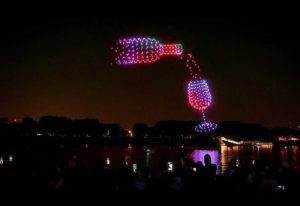
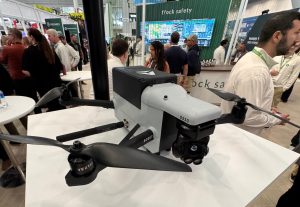

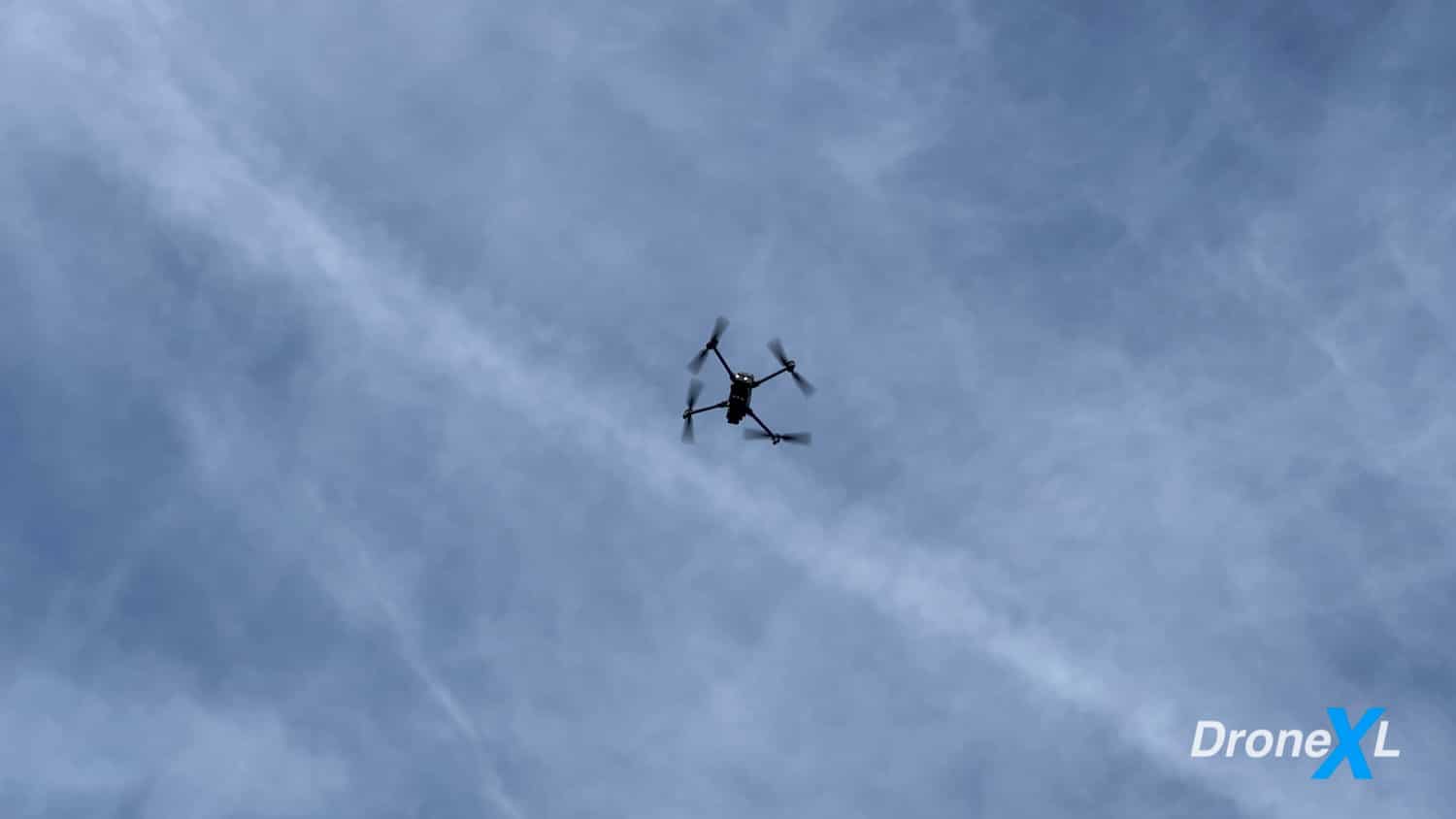

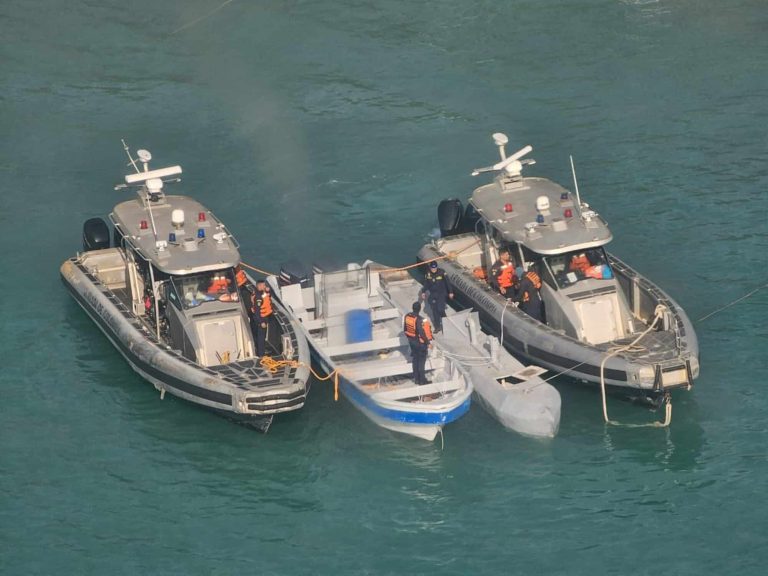




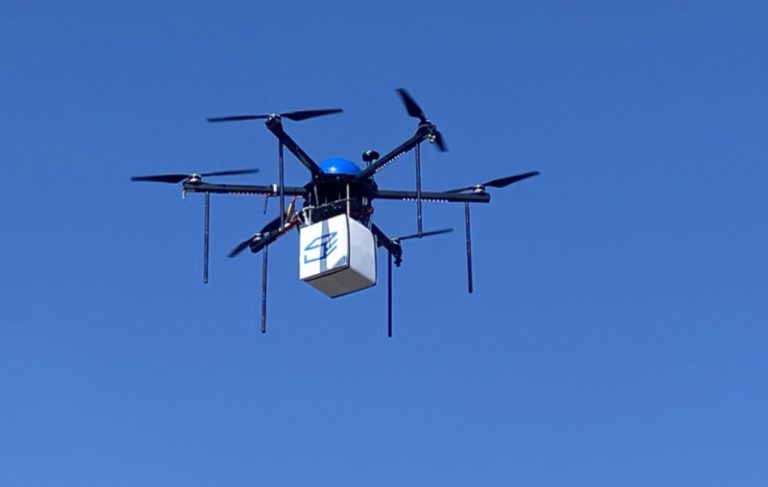

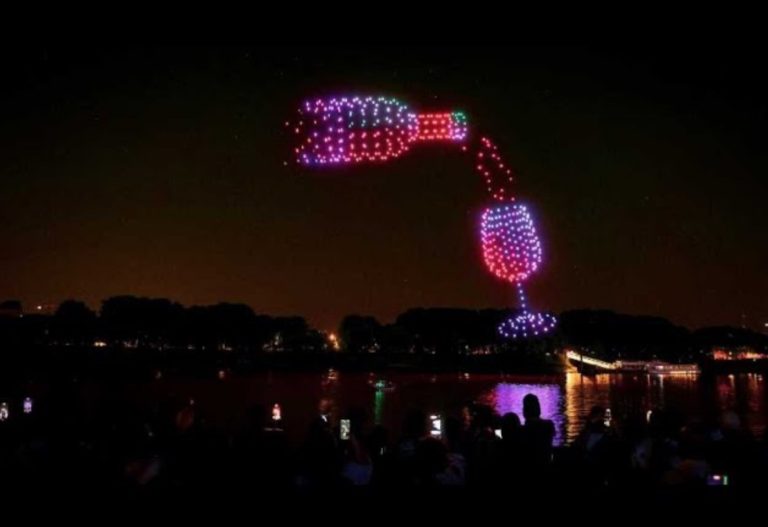
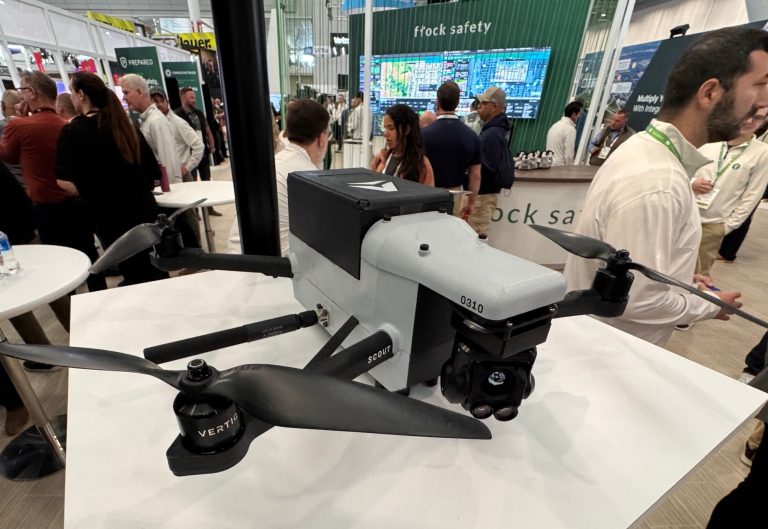
+ There are no comments
Add yours